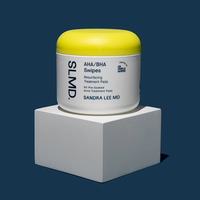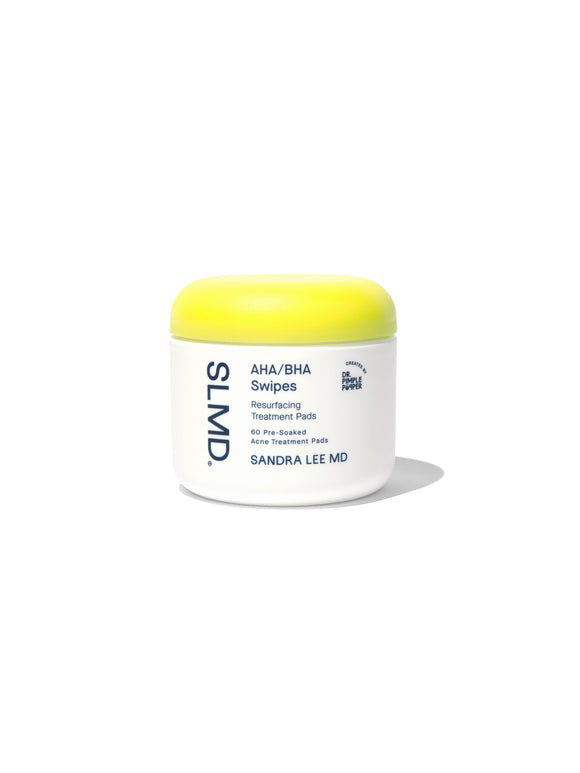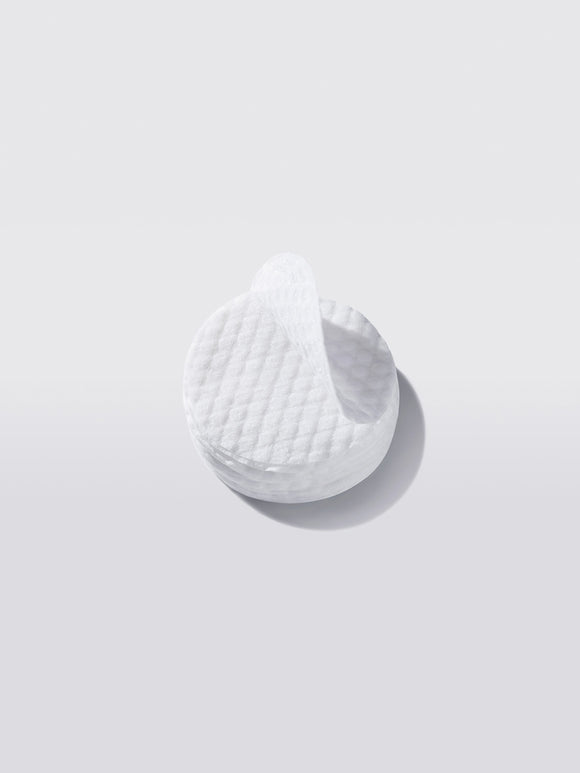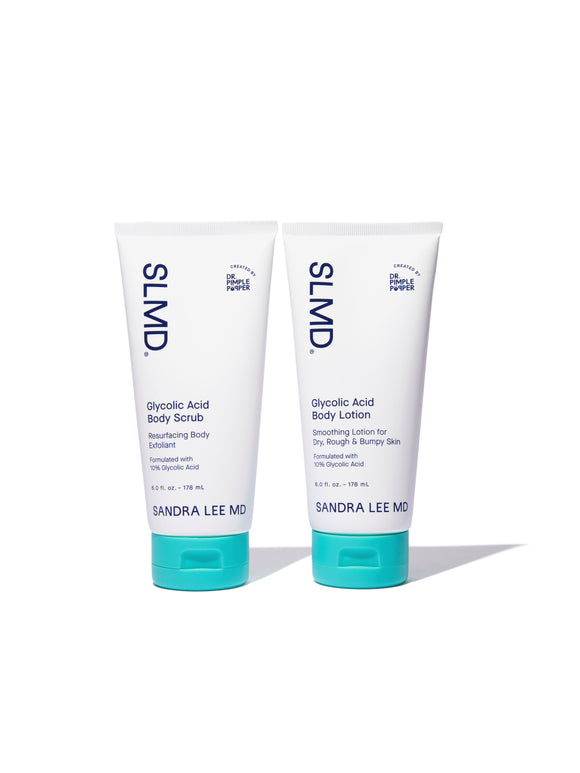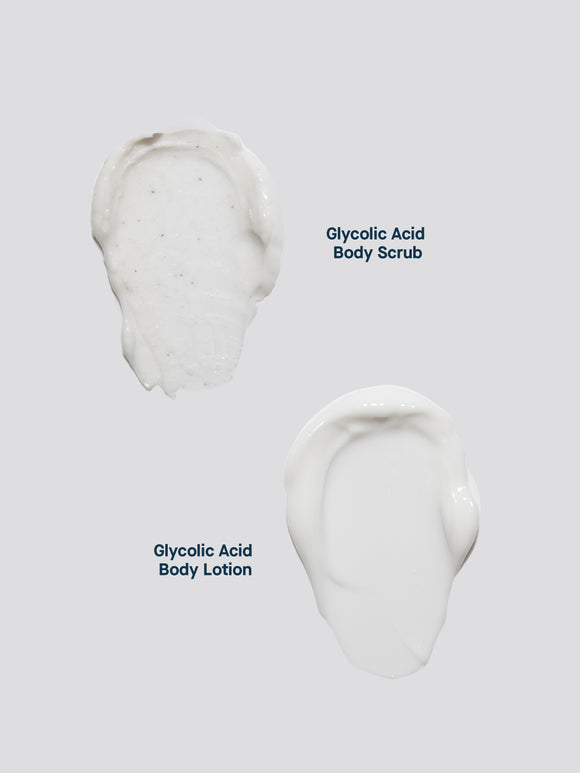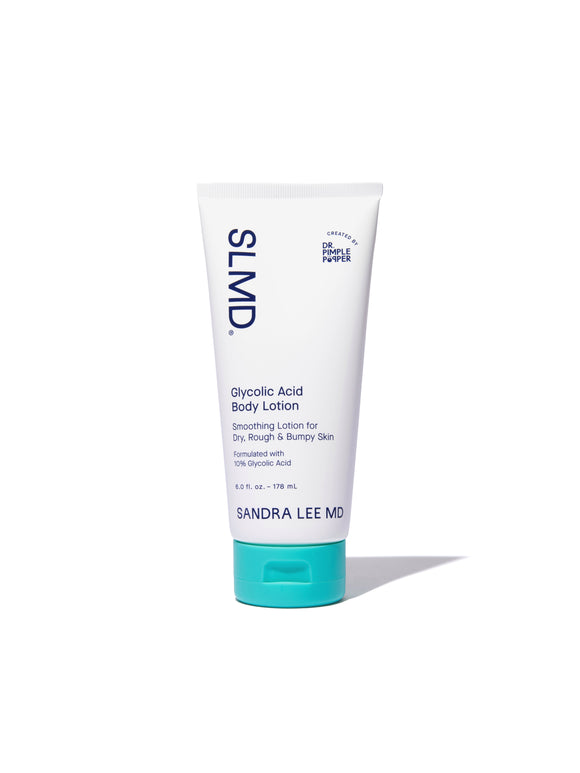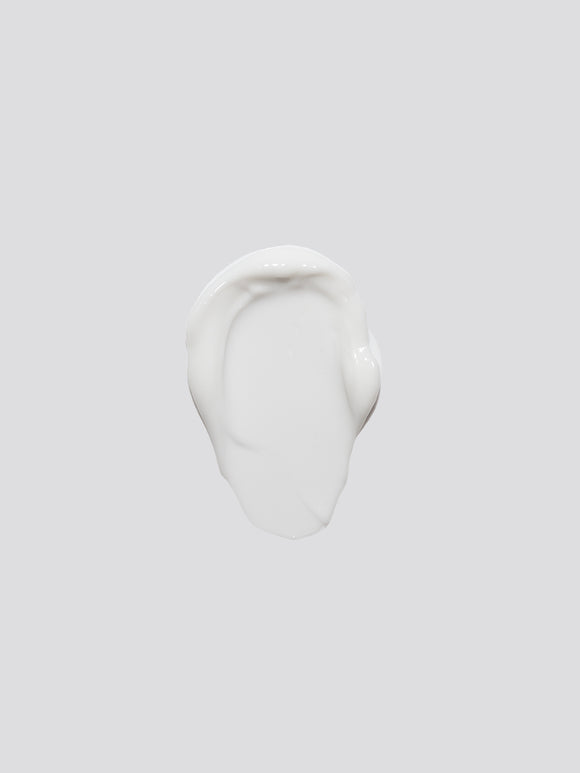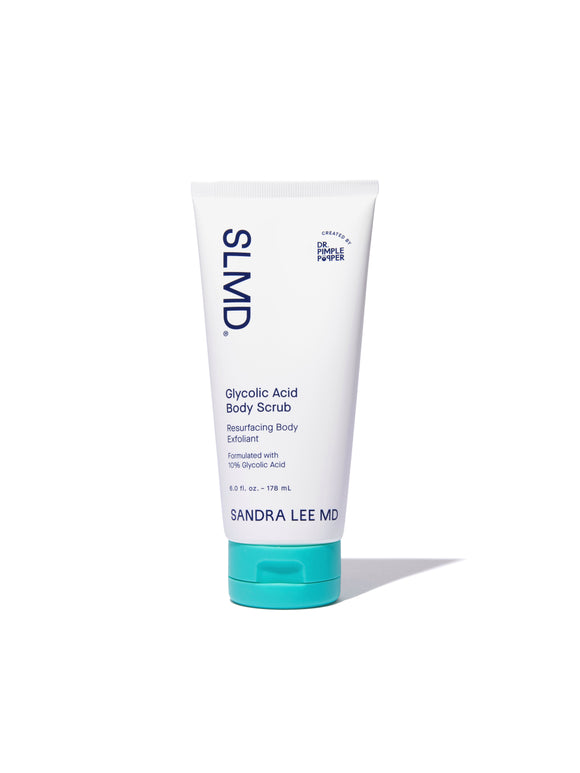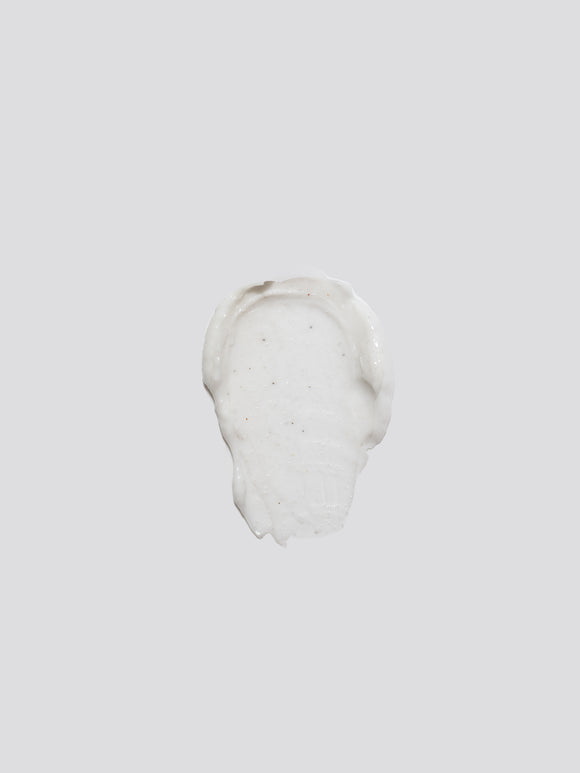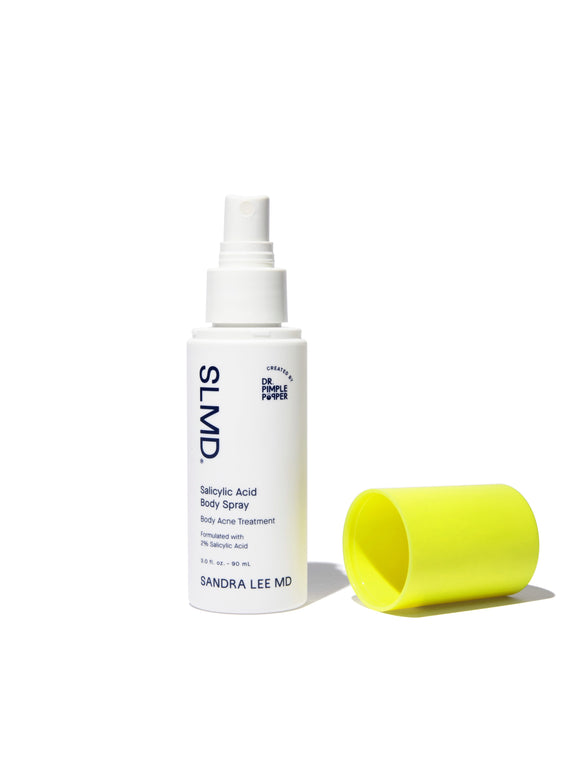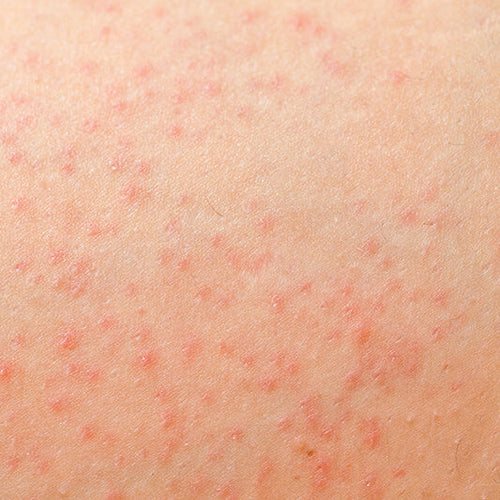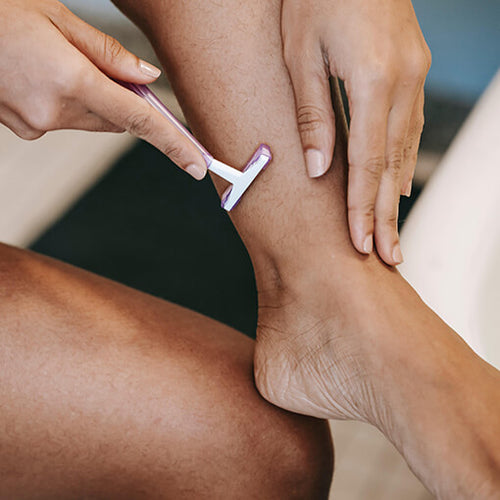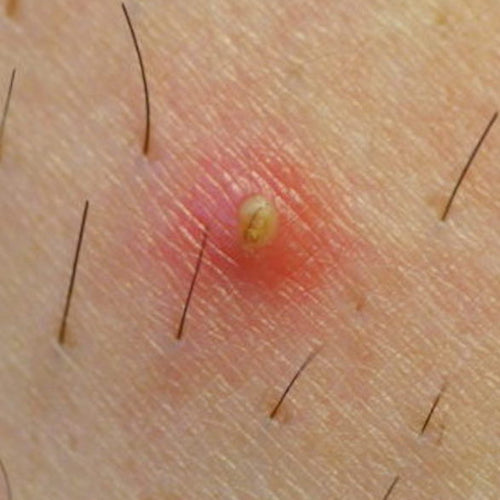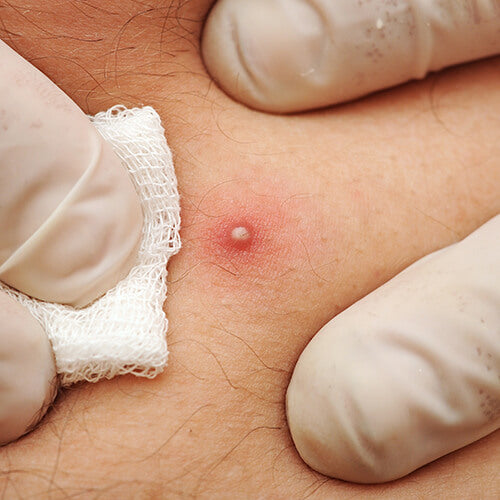
Why You Might Be Prone to Ingrown Hairs
It's true: some people are more susceptible to these common body bumps...but here's what you can do about it.
Published:
2 minute read
With millions of follicles covering our skin, it’s no surprise that ingrown hairs pop up periodically. According to dermatologist and SLMD Skincare founder Sandra Lee, MD (aka Dr. Pimple Popper), the condition is completely normal, but some people are more susceptible than others. Here's why — and what you can do about it.
Article Quick Links
What are ingrown hairs?
We've covered this topic in-depth, but let's review: your skin is covered in pores, which are microscopic openings that contain a hair follicle and a sebaceous (oil) gland. Typically, the hair emerges from the pore at the skin’s surface, lubricated by natural oils.
But occasionally, this process goes awry: hairs can grow in the wrong direction, curling back into the skin, becoming ingrown — and sometimes, infected. Ingrown hairs most commonly occur in these areas:
- Face and neck
- Chest
- Armpits
- Legs
- Pubic area
Are certain people more susceptible to ingrown hairs?
Though no one is immune to ingrowns, there are factors that increase the risk, including:
- Acne-prone skin: clogged pores filled with oil and dead skin tend to trap hairs more often
- Curly, coarse hair: this type of hair is more likely to grow inward
- Hair removal: frequent shaving, waxing, and plucking can cause razor bumps
The most common culprit here is actually hair removal, because it increases the chances of hair growing back at an angle. And how you shave is important, too, notes Dr. Lee. Common mistakes include:
- Not shaving in the direction of the hair growth
- Pulling skin taut while shaving so hair is removed beneath the skin
- Using multi-blade razors that shave hair closer to/beneath the skin
Dr. Pimple Popper's Ingrown Hair Picks
Can you prevent ingrown hairs?
No matter what type of skin and hair you have, Dr. Lee says there are several preventive measures you can take to reduce your risk of developing ingrown hairs:
- Exfoliate. Reduce the buildup of dead skin with alpha hydroxy acids. SLMD Body Smoothing System minimizes rough, bumpy skin two ways: Glycolic Acid Body Scrub uses chemical and physical exfoliants to slough off dead skin, while Glycolic Acid Body Lotion continues the process while locking in moisture.
- Unclog pores. Keep pores clear of dead skin with products containing beta hydroxy acids. SLMD Salicylic Acid Body Spray features a 360º sprayer to exfoliate and unclog pores anywhere on the body.
- Treat shaved areas. SLMD AHA/BHA Swipes contain a combination of salicylic, glycolic and lactic acids that can help prevent and treat ingrowns. Use before or after shaving to help smooth skin.
- Spot treat. When ingrown hairs appear, apply a bit of antibacterial benzoyl peroxide, like SLMD BP Acne Spot Treatment.
Are ingrown hairs dangerous?
Generally speaking, having an ingrown hair every so often is no big deal. Redness, pus, and pain are all typical symptoms. If it doesn't clear up in a week or two (or the bumps seem to be spreading), says Dr. Lee, talk to your dermatologist to rule out an infection like staph or folliculitis.

Dr. Lee's Last Word
Though people with curly, coarse hair are more susceptible to ingrown hairs, they can happen to anyone. I tell patients to exfoliate regularly, use proper shaving techniques, and when you do get an ingrown hair, do not pick it!


